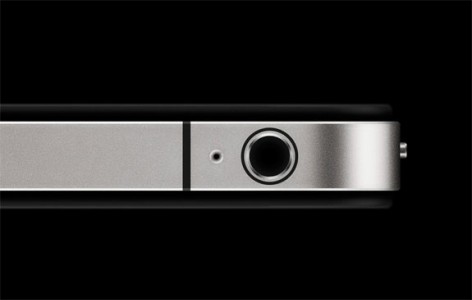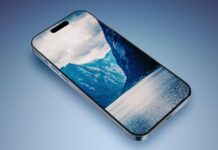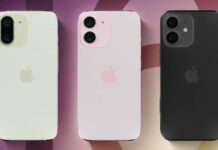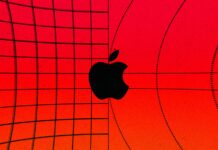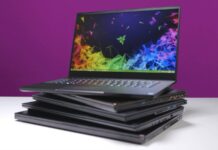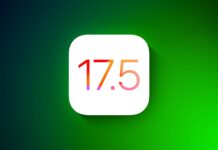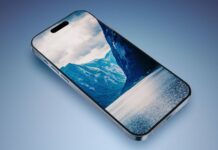In the iPhone 4, Apple implemented a second microphone, and the role of this microphone was to eliminate ambient noises during calls. The technology didn't turn out to be that well developed for the iPhone because many users started to complain about the quality of the calls, but now Apple has another problem on its head. A Silicon Valley company says that Apple would have stolen the technology for eliminating ambient noises and would have implemented it in the iPhone 4, iPhone 4S, plus all models of the iPad tablet launched after the iPhone 4.
A small Silicon Valley company is suing Apple, alleging the computer maker infringed its patent covering noise-reduction technology for cell phones. Noise Free Wireless said it presented its technology at several meetings at Apple's Cupertino, California, headquarters and provided it with detailed technical information prior to Apple filing its own patent for a similar technology. The technology has gone on to be used in the iPhone 4 and 4S and all three iPad models, it said.
Noise Free is the name of this company and it claims that since 2007 it has discussed with Apple about the possible implementation of this technology in iPhones, offering those from Apple data and hardware through which the technology could be used. Although those from Noise Free have patented their own technology, they say that Apple would have requested the patenting of a similar technology based on the same system made using proprietary Noise Free code. Everything was, of course, sent to the patent office after the microphone was already implemented in the iPhone 4 to eliminate ambient noises, but that microphone is built using another company's technology.
The relationship between Apple and Noise Free went sour in August 2010 when Noise Free learned Apple had decided to use technology from a rival company, Audience, in its products. In June that year, while the companies were still talking, Apple filed US patent application 2011/0300806 covering a system for suppressing noise in a signal while retaining the user's voice.
Now the US courts will decide who is right and who is wrong, and if Apple was wrong then it must pay, as it has already done in the case of Proview.


